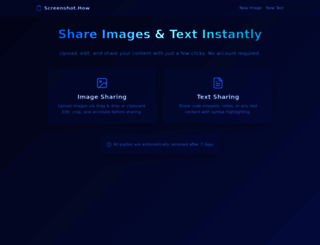Page Load Speed
662 ms in total
First Response
170 ms
Resources Loaded
439 ms
Page Rendered
53 ms

About Website
Click here to check amazing Screenshot content. Otherwise, check out these important facts you probably never knew about screenshot.how
Visit screenshot.howKey Findings
We analyzed Screenshot.how page load time and found that the first response time was 170 ms and then it took 492 ms to load all DOM resources and completely render a web page. This is an excellent result, as only 5% of websites can load faster.